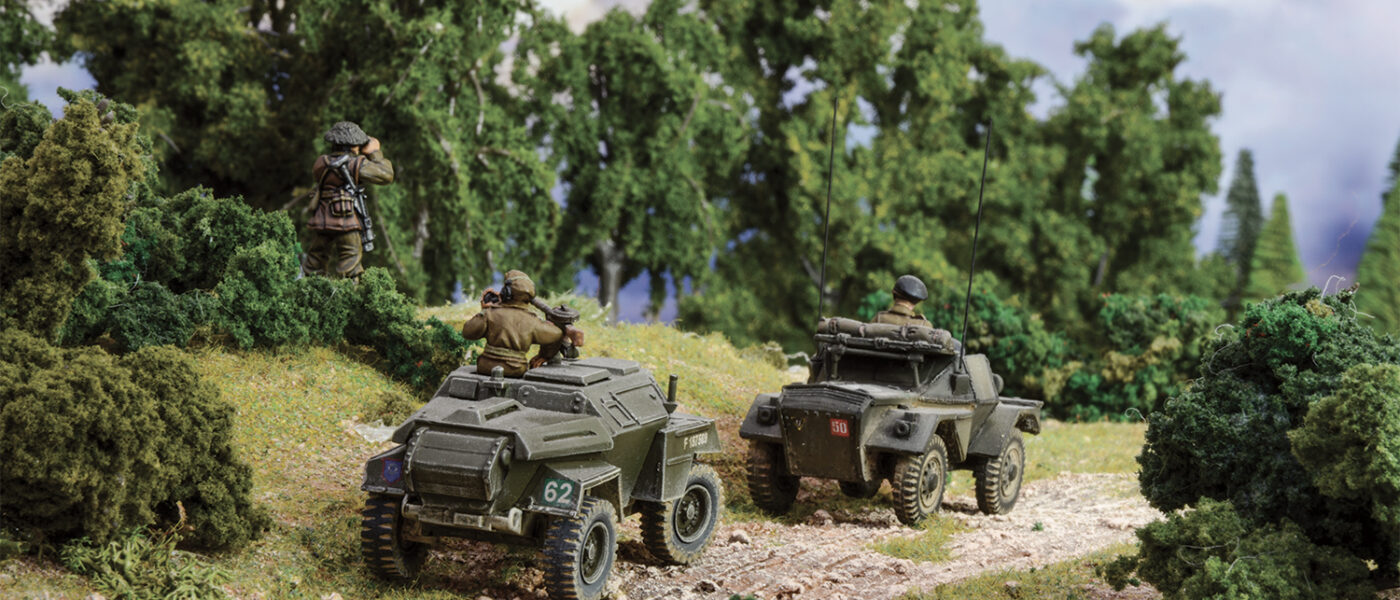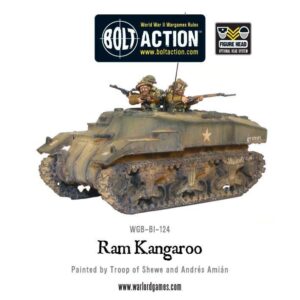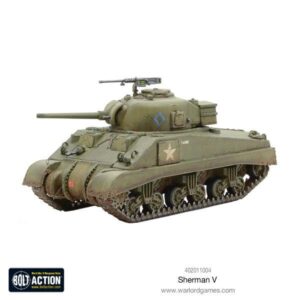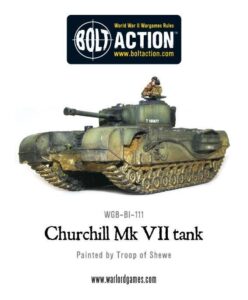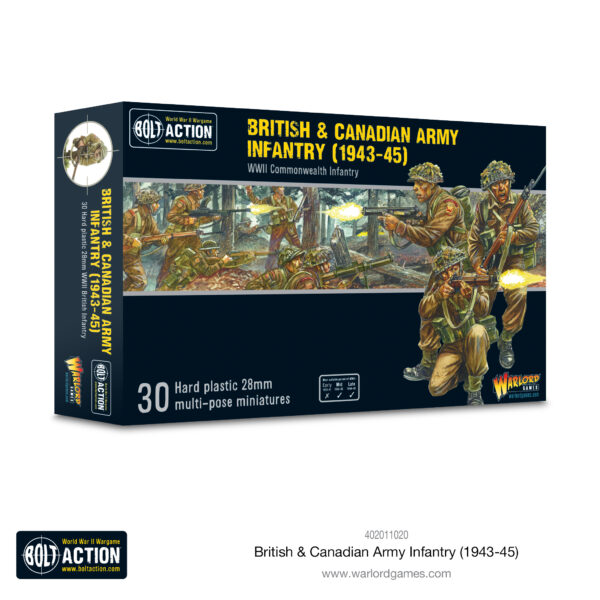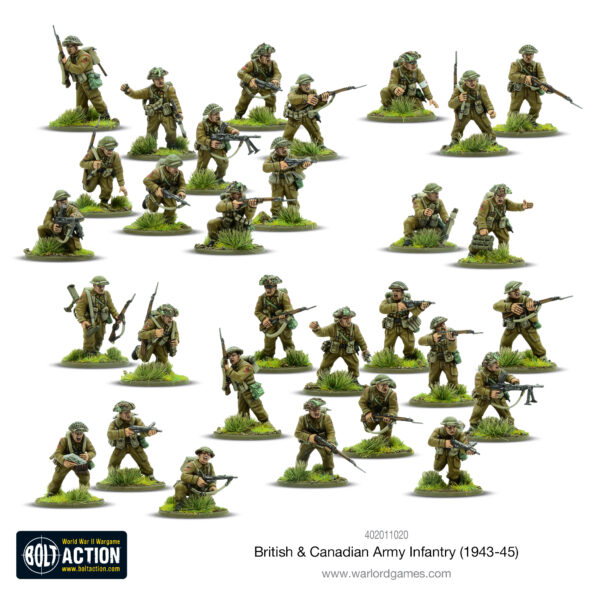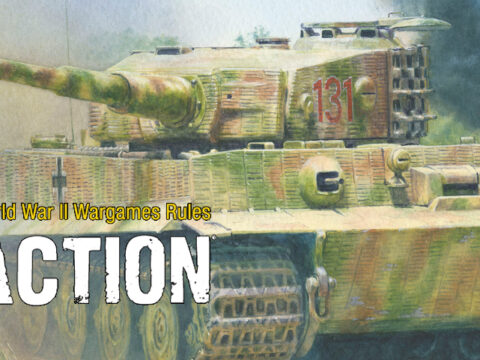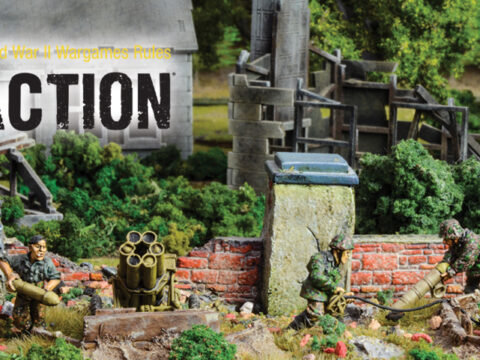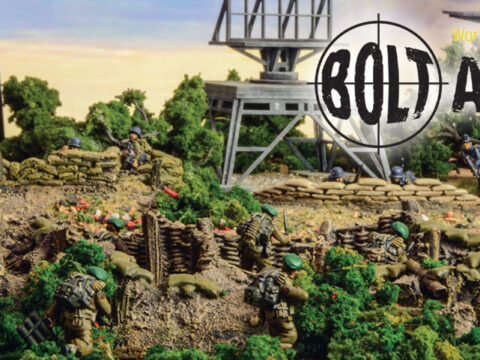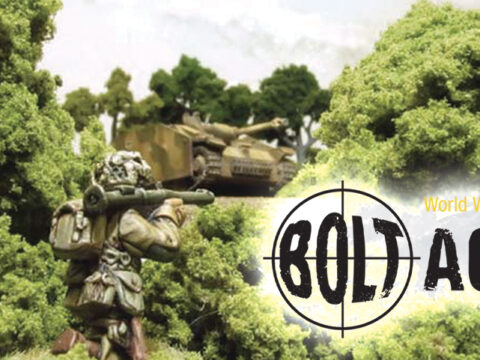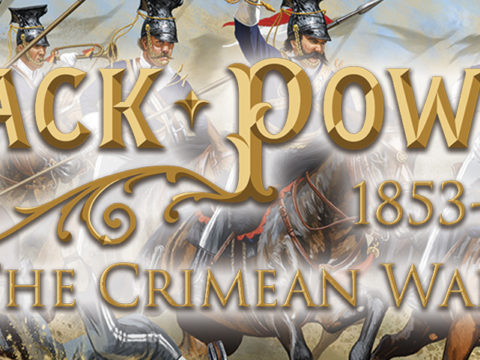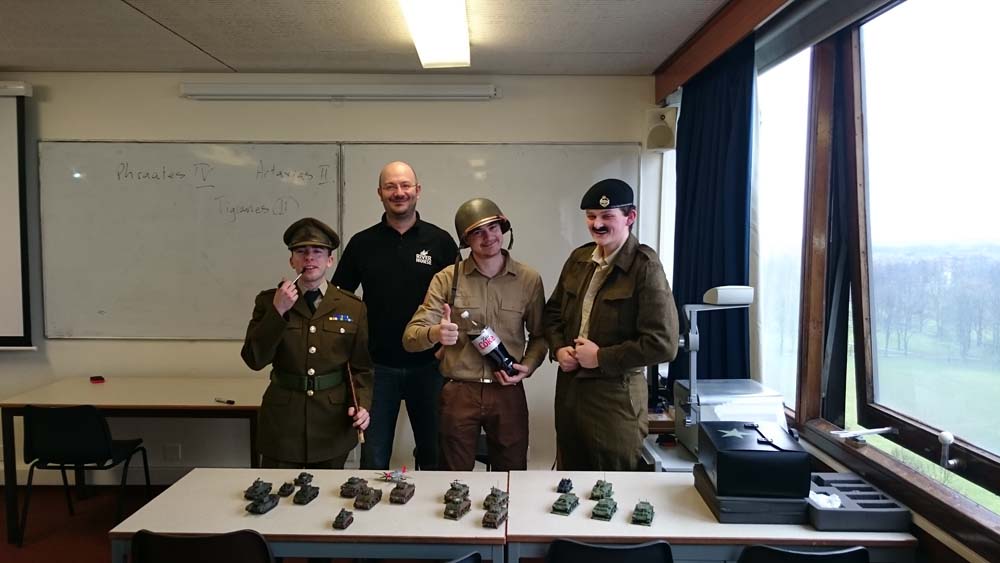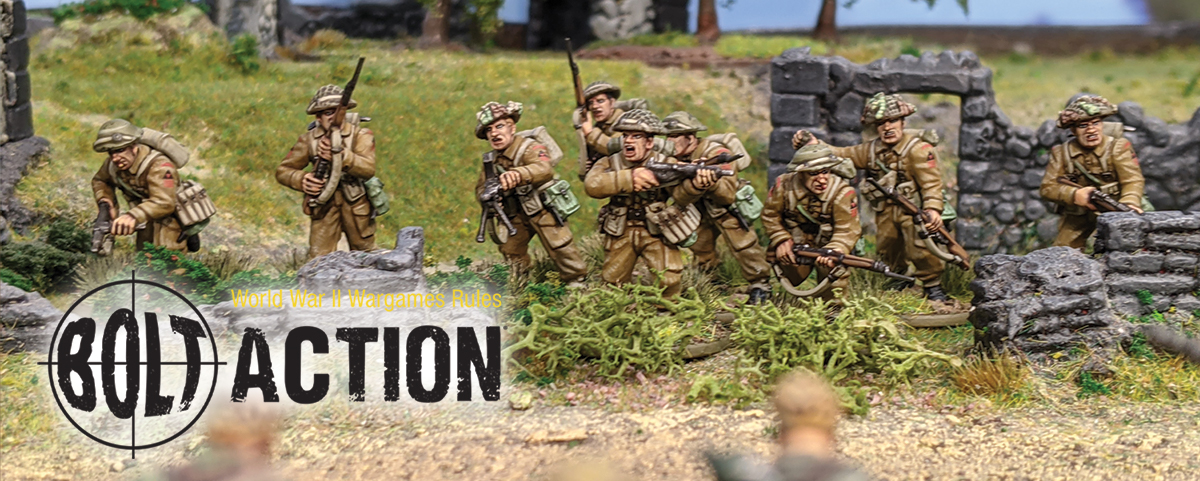
Inside our new book – D-Day: British & Canadian sectors, you’ll find an army list for the soldiers of the Canadian army!
If you were to ask a Canadian, “Do you have to go to war because England does?” he’d answer at once, “Oh no.” If you then said, “Would you go to war if England does?” he’d answer, “Oh, yes.” And if you asked, “Why?” he would say, reflectively, “Well, you see, we’d have to.”
Stephen Leacock, ‘The Atlantic Monthly’, June 1939
Due to the worsening crisis in Europe, the Canadian government declared partial mobilization on 25 August 1939. Upon being informed that German troops had invaded Poland, Canada declared full mobilization on 1 September and preparations were immediately begun to send troops to Britain. Canada was firmly on the side of Great Britain from the outset, but the government delayed declaring war on Germany until 10 September in order to emphasize Canadian independence. Almost 16,000 Canadian soldiers were in England by December 1939, mainly in the 1st Canadian Infantry Division.
The 1st Canadian Infantry Division was partly landed in France in June 1940, before being recalled when it was realised that the Battle of France could not be won. Canadian units saw action in Hong Kong in 1941 and at Dieppe in 1942, but the vast majority of Canadian troops were held in Britain from 1939–43 as a reserve to defend against a possible German invasion. The Canadian Army reached a peak strength of 485,000 men and women in 1943.
The 1st Canadian Army strength in Britain was approximately 240,000, with two Corps, two armoured divisions, three infantry divisions, 2 armoured brigades and 2 artillery groups. Three more infantry divisions were active for home defence on the east and west coasts of Canada.
The original Canadian goal was to employ the 1st Canadian Army as a complete formation in the invasion of Europe but, partly due to tremendous public pressure at home to get Canadian troops into battle, and partly to dropping morale amongst the all-volunteer troops anxious to end the long wait in Britain, the 1st Canadian Infantry Division and 1st Canadian Armoured Brigade left Britain in the summer of 1943 to take part in the invasions of Sicily and Italy. The Canadian I Corps became operational in Italy in November 1943, with the 1st Canadian Infantry Div, 5th Canadian Armoured Div, 1st Canadian Armoured Bde, 1st Army Group, and Royal Canadian Artillery troops.
Canadians fought in Sicily, Italy and northwest Europe in 1943–45. From a population of 11.2 million in 1939, Canada had enlisted over 1.1 million men and women in its military forces. By 1945 nearly 1 million other Canadians were employed in war industries. Over 700,000 men and women served in the Canadian Army between 1939–45. The vast majority of Canadian soldiers who served overseas in World War Two were volunteers, with only 2,400 conscripts serving at the front.
During World War Two, Canada produced over 800,000 military wheeled vehicles, 50,000 armoured vehicles, 40,000 artillery pieces and 1.7 million small arms. Equipping the Canadian Army required only 21% of this production. Another 38% went to the British military. The remainder was supplied to other Allied countries. From 1942 onwards, over $3 billion dollars’ worth of Canadian production was provided to the Allies, mainly Great Britain and the Commonwealth, for free.
How do they Play?
A Canadian army is both dogged and resilient, with even its regular troops able to hold the line against overwhelming odds. This toughness is combined with access to the entire British arsenal – Humber and Daimler armoured cars, Sherman, Churchill and Wolverine tanks, along with unusual field modifications like the RAM Kangaroo APC, or the Skink self-propelled artillery gun.
D-Day: British & Canadian Sectors
This campaign book focuses on some of the key clashes fought in Normandy in the summer of 1944 as British, Canadian, Polish, and other Allied forces engaged in desperate battles against a dedicated and determined German opposition. As well as summarising the history, this book also details a number of scenarios inspired by the engagements within the Normandy campaign, and the special rules required to play them.
This book tells the story of the British and Canadian contribution to this monumental task, and the stoic German resistance they faced. It guides Bolt Action players from the latter stages of D-Day, beginning with the fierce fighting in the coastal towns off the beaches at Gold, Juno and Sword, through the violent clashes around the strategically vital city of Caen, and to the march against Germany itself.

